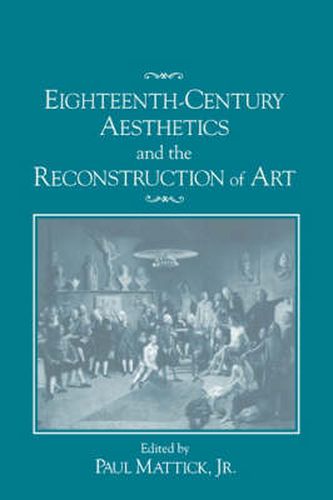Readings Newsletter
Become a Readings Member to make your shopping experience even easier.
Sign in or sign up for free!
You’re not far away from qualifying for FREE standard shipping within Australia
You’ve qualified for FREE standard shipping within Australia
The cart is loading…






This collection of essays explores the rise of aesthetics as a response to, and as a part of, the reshaping of the arts in modern society. The theories of art developed under the name of ‘aesthetics’ in the eighteenth century have traditionally been understood as contributions to a field of study in existence since the time of Plato. If art is a practice to be found in all human societies, then the philosophy of art is the search for universal features of that practice, which can be stated in definitions of art and beauty. However, art as we know it - the system of ‘fine arts’ - is largely peculiar to modern society. Aesthetics, far from being a perennial discipline, emerged in an effort both to understand and to shape this new social practice. These essays share the conviction that aesthetic ideas can be fully understood when seen not only in relation to intellectual and social contexts, but as themselves constructed in history.
$9.00 standard shipping within Australia
FREE standard shipping within Australia for orders over $100.00
Express & International shipping calculated at checkout
This collection of essays explores the rise of aesthetics as a response to, and as a part of, the reshaping of the arts in modern society. The theories of art developed under the name of ‘aesthetics’ in the eighteenth century have traditionally been understood as contributions to a field of study in existence since the time of Plato. If art is a practice to be found in all human societies, then the philosophy of art is the search for universal features of that practice, which can be stated in definitions of art and beauty. However, art as we know it - the system of ‘fine arts’ - is largely peculiar to modern society. Aesthetics, far from being a perennial discipline, emerged in an effort both to understand and to shape this new social practice. These essays share the conviction that aesthetic ideas can be fully understood when seen not only in relation to intellectual and social contexts, but as themselves constructed in history.